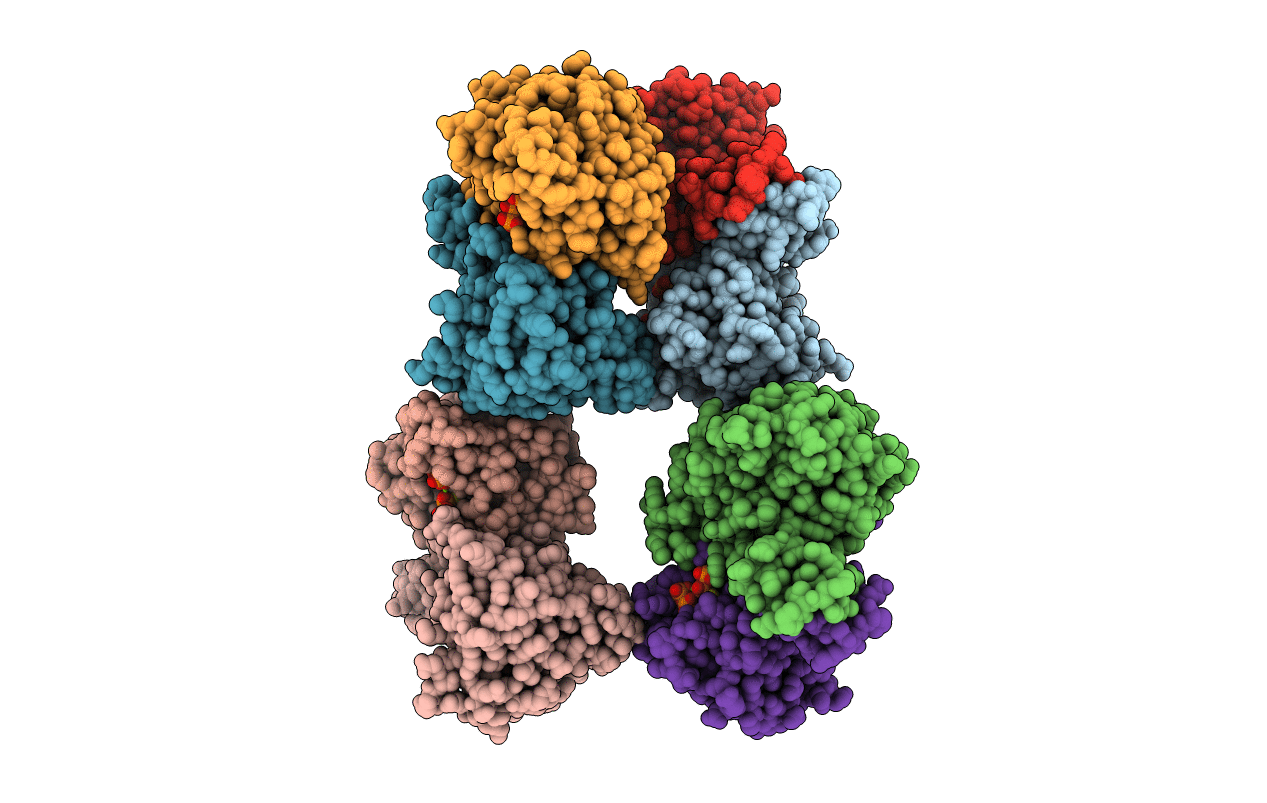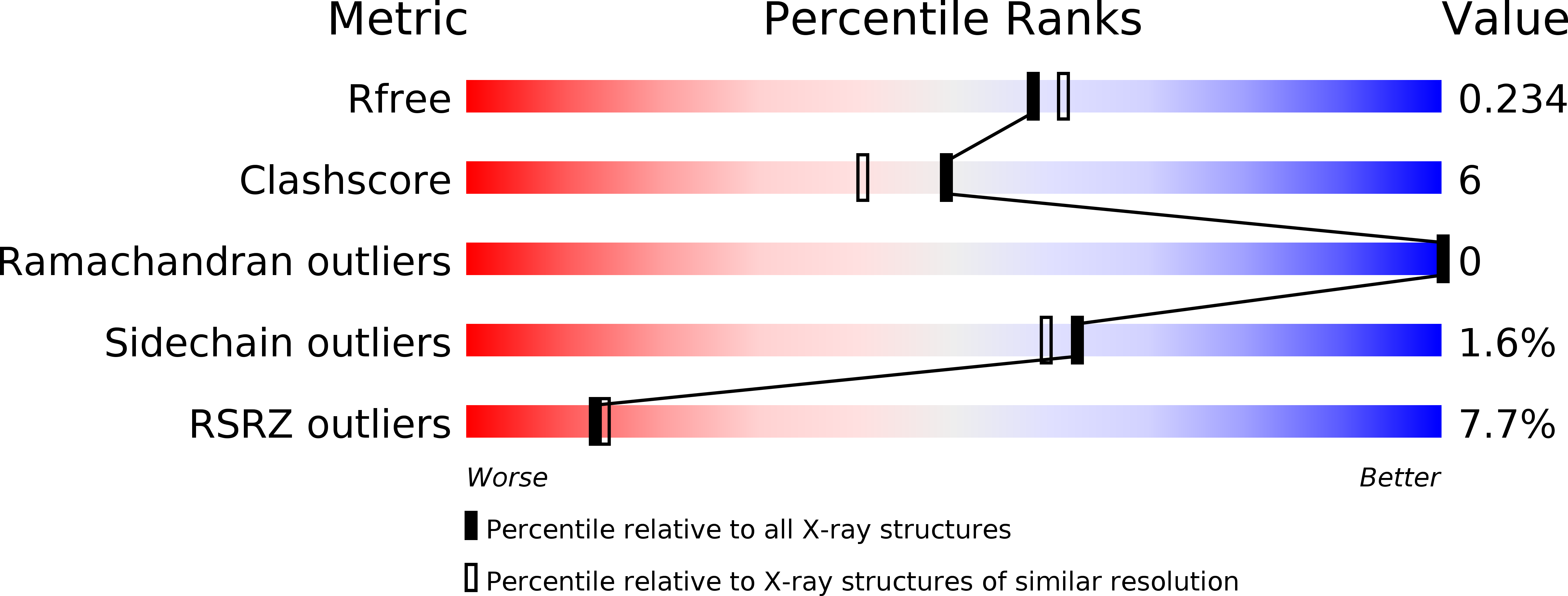
Deposition Date
2017-09-23
Release Date
2018-07-25
Last Version Date
2023-11-22
Entry Detail
PDB ID:
5YGK
Keywords:
Title:
Crystal structure of a synthase from Streptomyces sp. CL190 with dmaspp
Biological Source:
Source Organism:
Streptomyces sp. (strain CL190) (Taxon ID: 93372)
Host Organism:
Method Details:
Experimental Method:
Resolution:
2.05 Å
R-Value Free:
0.23
R-Value Work:
0.18
R-Value Observed:
0.18
Space Group:
P 1 21 1


